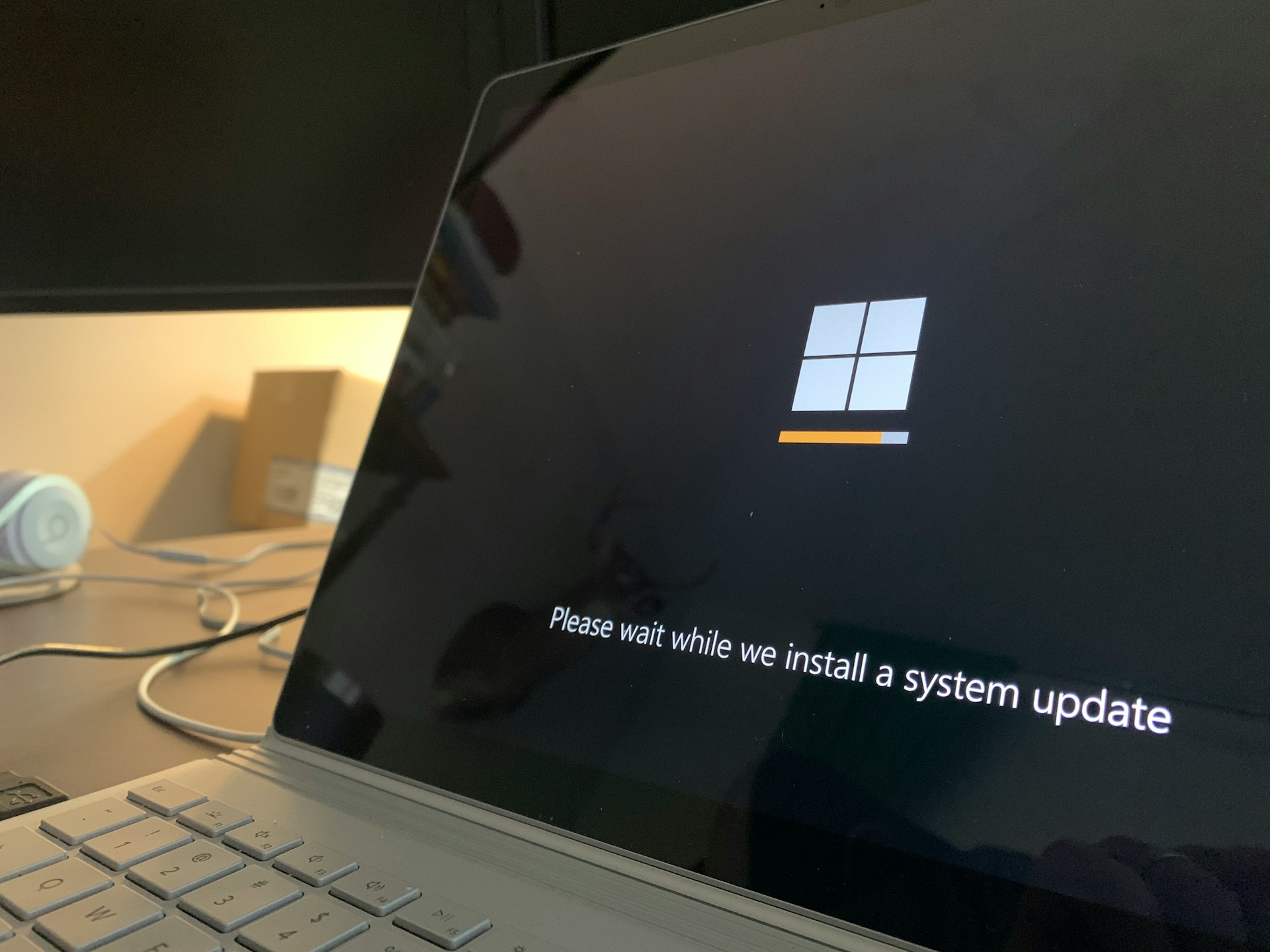Tech
Windows 10 Support Ends Soon, But Most Businesses Still Haven’t Upgraded

The countdown is on: Microsoft will officially end support for Windows 10 in October 2025. Yet, despite repeated warnings, the world isn’t quite ready to move on. According to research by Kaspersky, nearly 60% of companies worldwide still depend on the ageing operating system.
A Decade Of Windows 10
Windows 10 has been with us for ten years. Launched in July 2015, it quickly became Microsoft’s most popular system, striking a balance between the outdated Windows 7 and the divisive Windows 8. In South Africa, as in much of the world, it powered schools, businesses, and government offices.
But with time comes risk. Once support ends, Microsoft will stop issuing regular security patches, leaving unpatched vulnerabilities that hackers can exploit. That’s a serious problem for businesses that handle sensitive data, financial information, or customer details.
Who’s Still Using It?
Globally, only about a third of users have upgraded to Windows 11. In Africa, the picture looks even starker: 52.8% are still on Windows 10, and 4.5% are clinging to Windows 7, which hasn’t been supported for years.
Corporate environments are the slowest to move. Large businesses report nearly 60% of devices still running Windows 10, compared to 51% among small businesses. For IT teams, upgrading isn’t as simple as hitting “update” entire workflows, software compatibility, and staff training need to be considered.
Why Businesses Are Hesitant
Many companies view migrating to a new operating system as expensive, disruptive, and unnecessary. Windows 11, while more modern, has stricter hardware requirements and a redesigned interface that can complicate familiar workflows.
Oleg Gorobets, a security expert at Kaspersky, used a striking analogy: “A system not receiving security updates is like a house with a rotting fence that can be knocked down with a single kick.” In other words, staying put might feel comfortable, but it leaves the door wide open for cybercriminals.
Extended Security Updates: A Lifeline, At A Price
For those not ready to make the leap, Microsoft is offering an Extended Security Updates (ESU) programme. Individuals can pay US$30 per device for an extra year of security patches, while businesses are charged US$61 per device. The cost rises each year, encouraging companies to migrate sooner rather than later.
Cloud-based setups get a better deal. Windows 10 devices connecting to Windows 11 through Microsoft’s Windows 365 service will continue receiving updates at no additional cost.
Local Relevance: What It Means For South Africa
For South African companies already under pressure from load shedding, high costs, and a tough economy, the timing could hardly be worse. Upgrading fleets of laptops or desktops is a costly exercise, especially for small businesses and government institutions.
On social media, IT professionals have been voicing frustration. Some argue that Microsoft’s deadlines are too rigid, while others say businesses have had years to prepare and can’t afford to risk a security breach.
The Bigger Picture
The end of Windows 10 isn’t just a technical footnote. It marks the end of an era for a system that carried the world through a decade of digital transformation, remote work, and pandemic lockdowns.
For businesses, the choice is clear: upgrade now and absorb the costs, or stick with Windows 10 and face mounting security risks. Either way, October’s deadline is a wake-up call that the old comfort zone is about to disappear.
Source:Tech Central
Follow Joburg ETC on Facebook, Twitter , TikTok and Instagram
For more News in Johannesburg, visit joburgetc.com



























